The Metaphysics of Comme Des Garçons - Transcendental nature of avant-garde brilliance

Since its inception in 1973, Comme Des Garçons has been synonymous with avant-garde fashion and a rebellious spirit that has forever reshaped the fashion landscape. Its legendary founder, Rei Kawakubo, stands as an icon who defied conventions and inspired generations with her consistent genius. Yet, despite her monumental impact, Kawakubo-san remains an enigmatic figure, shrouding her personal life and eschewing explanations of her work.
Kawakubo's refusal to elucidate her creations adds to the mystique surrounding Comme Des Garçons. Rather than spoon-feeding interpretations, she invites viewers to embark on their own avant-garde journey of discovery. For some, it's a visceral experience, drawing upon raw emotions and personal interpretations. For others, it's a profound exploration akin to unraveling the wisdom of ancient mystics.
One of our authors' quest to define Comme Des Garçons took on a newfound clarity when he found that, in 2008, Kawakubo-san compared her creative process to "working on a Zen koan" during an interview with The Sunday Times (London).
A koan is a paradoxical anecdote or riddle used in Zen Buddhism to provoke deep contemplation and meditation. These anecdotes often defy logical understanding and aim to transcend conventional modes of thinking. Koans are typically presented as questions or statements that challenge the practitioner to go beyond dualistic thought and intellectual analysis, leading to a direct realization of truth or enlightenment. They are an integral part of Zen practice, serving as tools for cultivating insight and breaking through conceptual barriers.
From the very name of the women's wear brand, Comme Des Garçons (translated as "like some boys"), to the succinct titles of collections such as SS14's "Not Making Clothes," I believe that understanding Kawakubo's work requires a transcendental perspective.
Her declaration in a 1985 Interview Magazine article, "The void is important," clicked with me that at its core, Rei Kawakubo's design expression reflects metaphysical concepts such as Mu and Ma, challenging conventional aesthetics and embracing the fluidity of form and space.
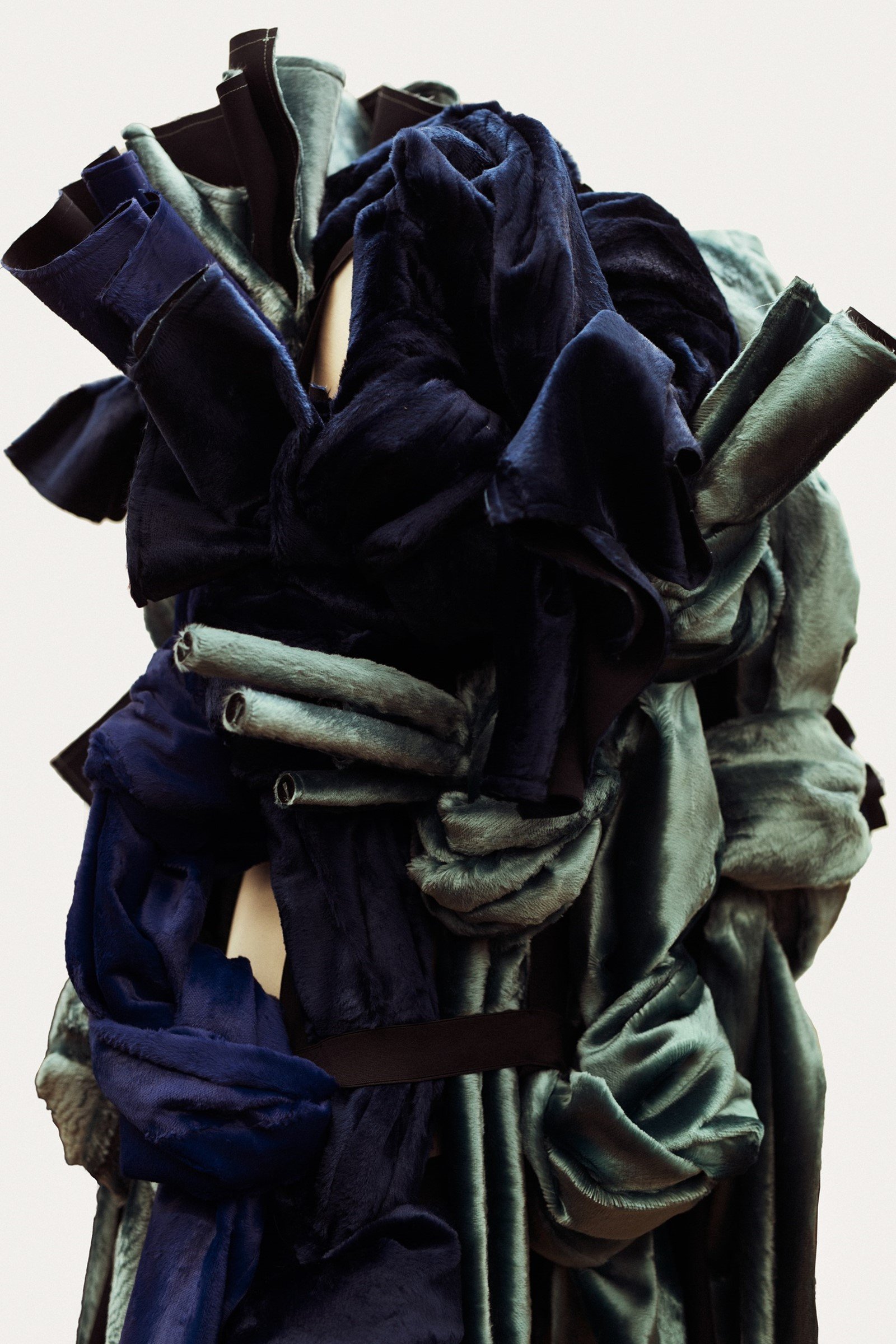
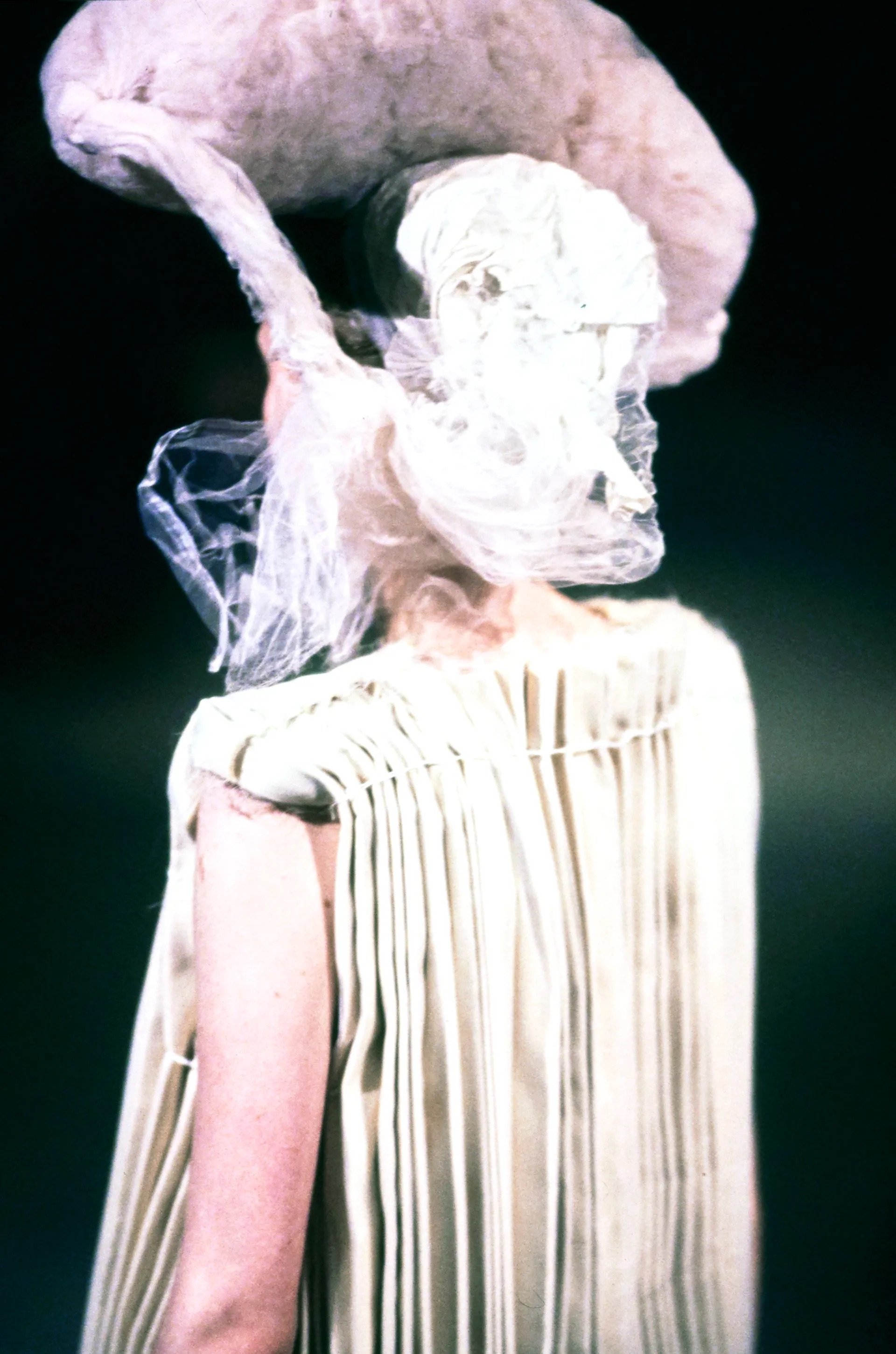
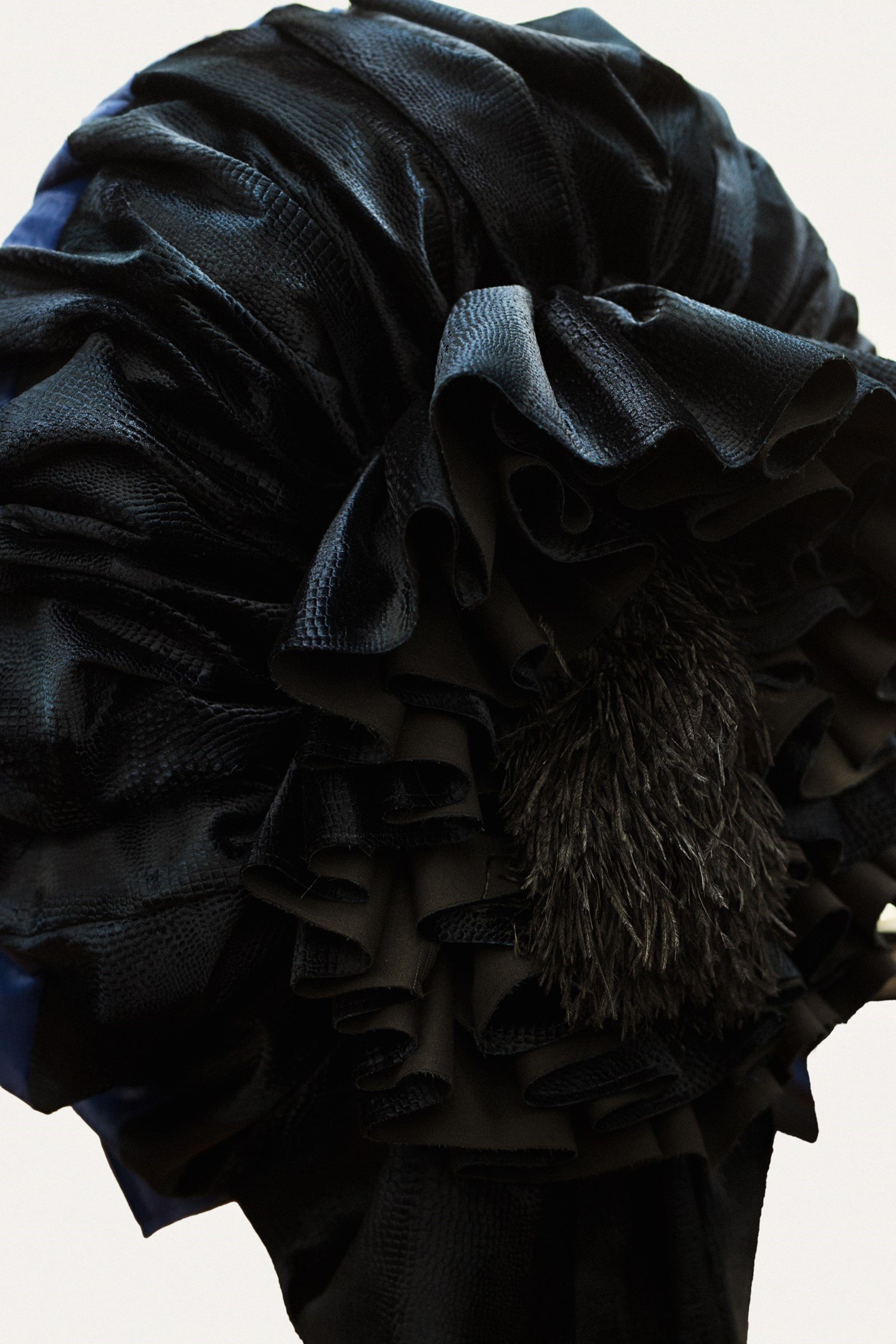
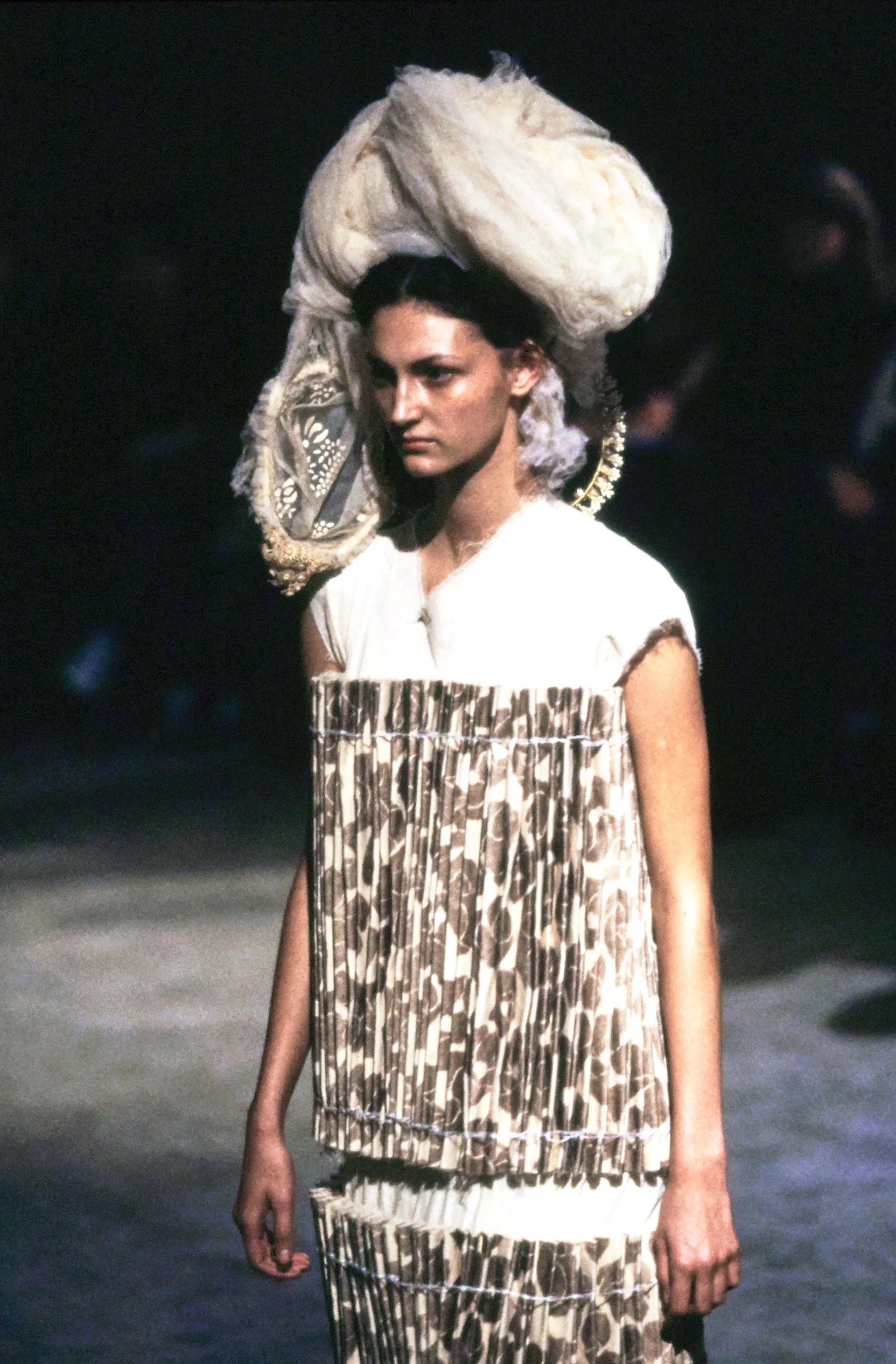
The concepts of Mu and Ma originate from Eastern philosophy, particularly from Zen Buddhism and Japanese aesthetics. While both terms are deeply rooted in these traditions, they convey distinct yet interconnected philosophical ideas.
Mu [無]
Mu is a concept that embodies emptiness, nothingness, or the void. It's often associated with the idea of negation, non-being, or the absence of inherent existence.
In broader philosophical terms, Mu challenges dualistic thinking and invites individuals to transcend conventional categories and concepts. Rather than seeing reality as fixed and defined by boundaries, Mu suggests that existence is fluid, dynamic, and ultimately beyond conceptualization. Embracing Mu involves letting go of preconceived notions, attachments, and the illusion of separate selfhood, leading to a deeper understanding of the interconnectedness of all things.

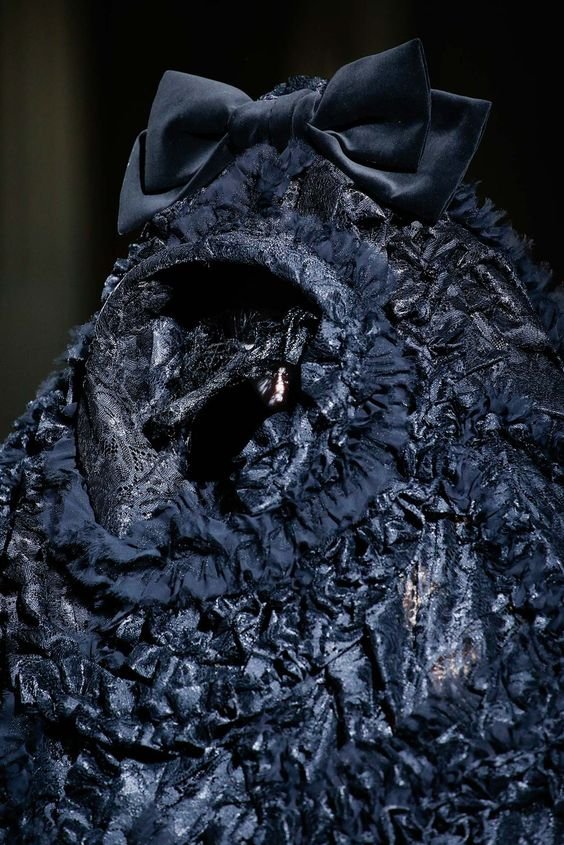
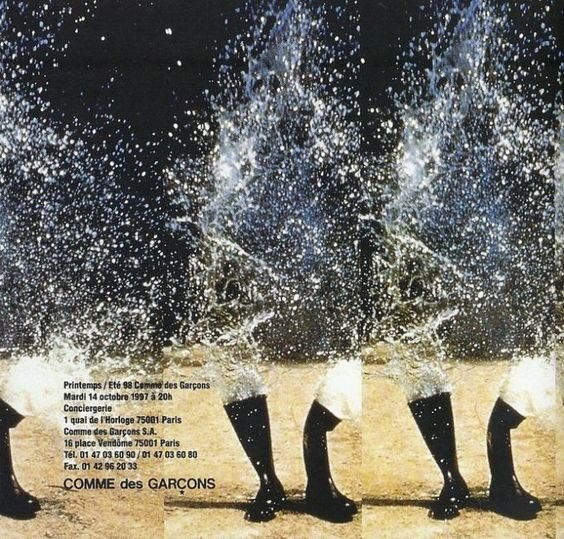
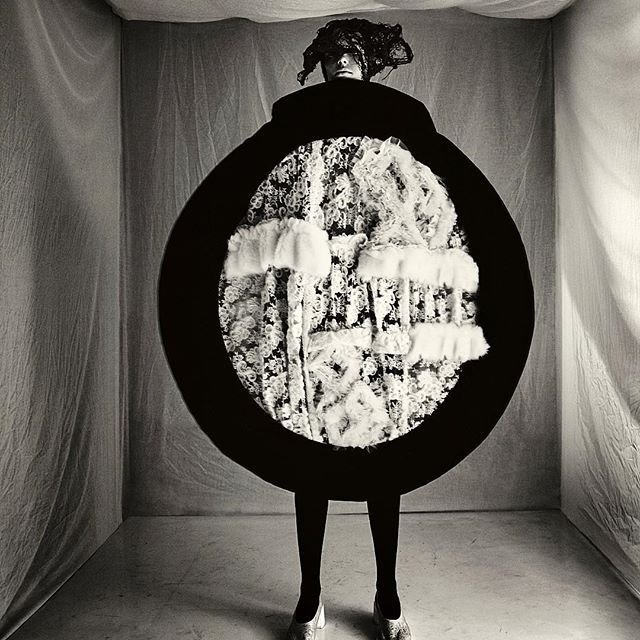
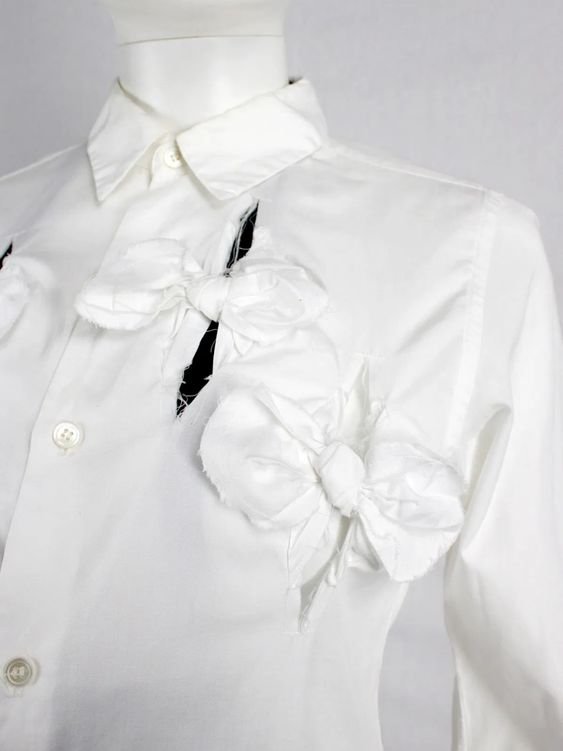
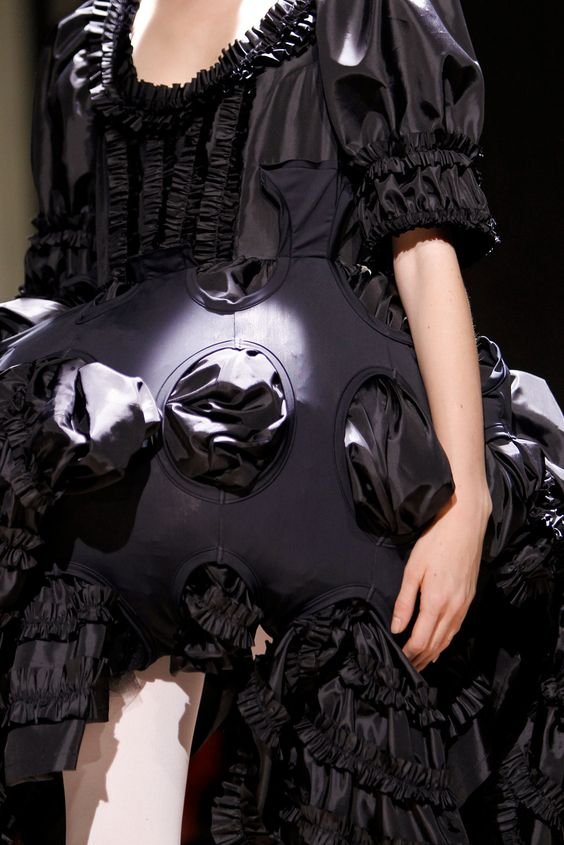
Theoretically, Mu in Comme Des Garçons designs represents a departure from the traditional constraints of fashion.
In a metaphysical sense, Mu in Comme Des Garçons' fashion speaks to the impermanence of all things. By embracing emptiness, the brand highlights the transient nature of fashion and the ever-changing landscape of style. Clothing become ephemeral manifestations of creativity, existing in the present moment but transcending the constraints of time and space.
Perhaps, Mu in Comme Des Garçons designs prompts viewers to confront the void within themselves. The brand's avant-garde aesthetic challenges individuals to question their perceptions of beauty and meaning, inviting them to fill the emptiness with their interpretations and emotions. In this way, clothing becomes a vehicle for self-expression and introspection, transcending its material form to evoke a deeper sense of connection with the universe.
Ma [間]
Ma, on the other hand, represents the concept of space, interval, or pause. It refers to the dynamic relationship between objects, as well as the space that surrounds and defines them. In Japanese aesthetics, Ma is integral to various art forms such as architecture, calligraphy, and tea ceremony, where the use of empty space is considered as important as the objects themselves. Ma is not merely the absence of form but a vital element that shapes the overall composition, creating a sense of harmony, balance, and rhythm.
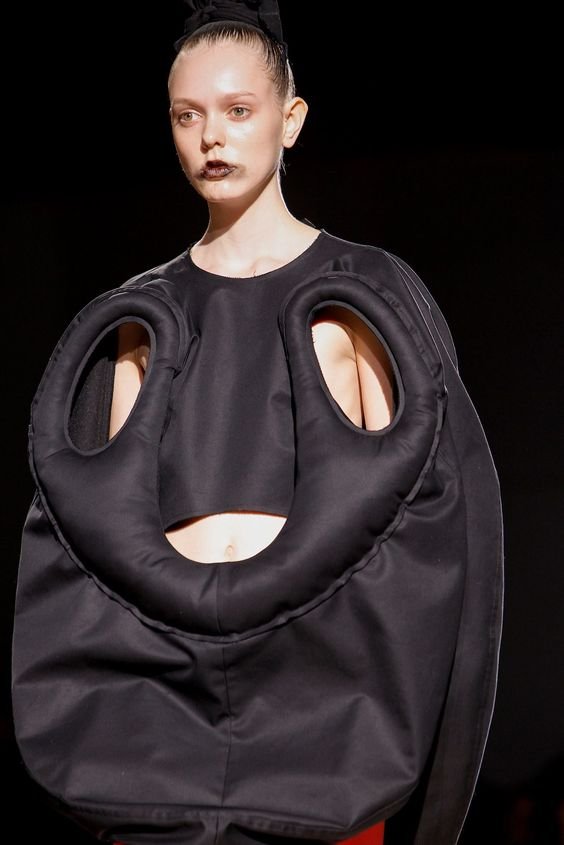

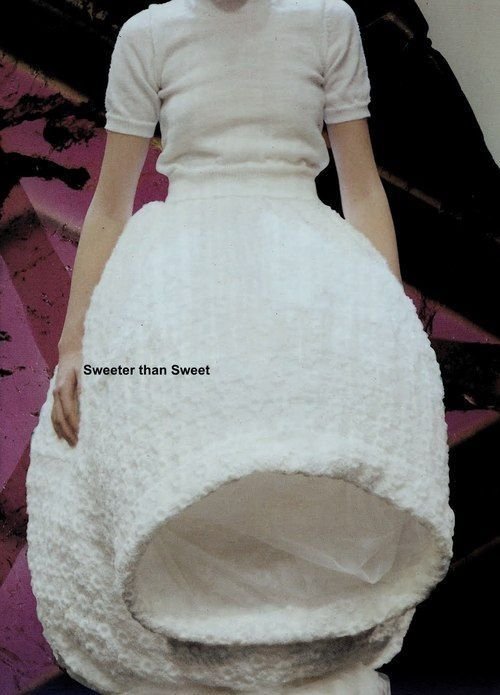
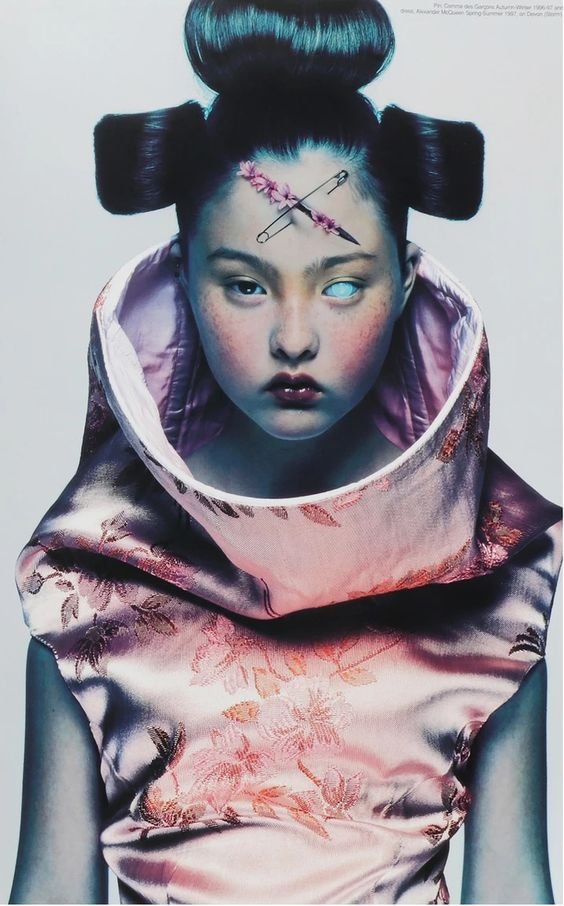
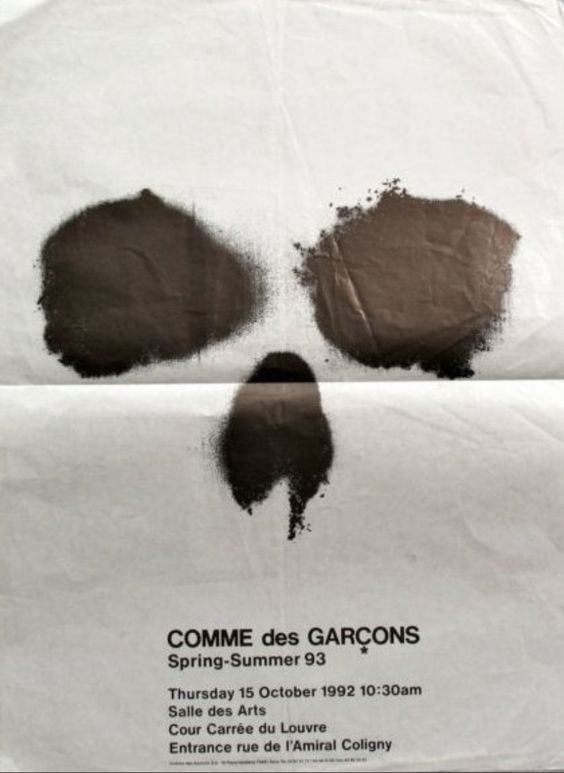
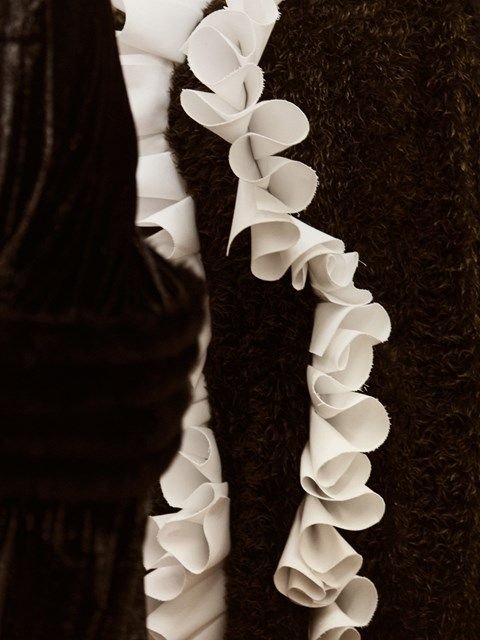
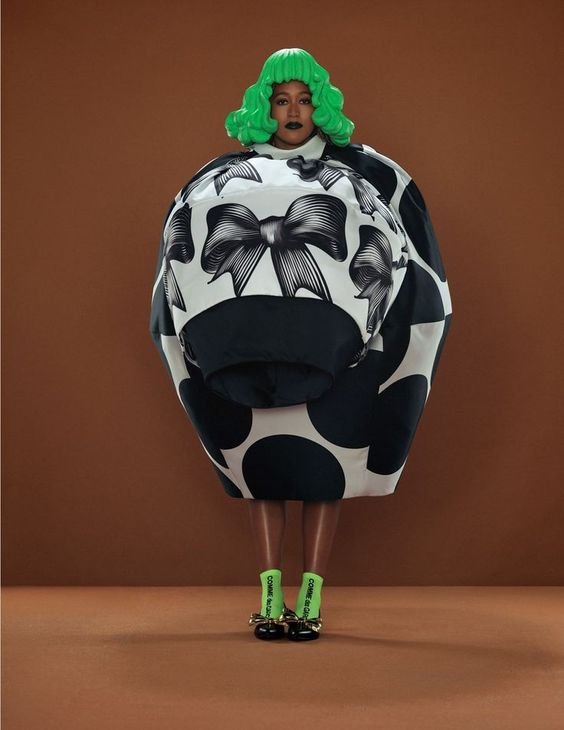
Unlike the Western emphasis on filling space, Ma celebrates the beauty of emptiness and the significance of what is left unsaid or unoccupied. It encourages individuals to appreciate the subtle nuances of silence, stillness, and negative space, recognizing that meaning can arise not only from presence but also from absence. In this way, Ma fosters a deeper awareness of the interplay between form and formlessness, allowing for moments of contemplation and introspection.
From my perspective, the presence of Ma in Comme Des Garcons finds its expression through a thoughtful manipulation of negative space. This is exemplified by the brand's signature aesthetic, which often features oversized, shapeless, and loose-fitting garments. Through this design language, Comme Des Garçons introduces a sense of openness and fluidity, creating a silent conversation between the wearer's body and the fabric. By embracing the interstitial spaces between skin and cloth, the brand achieves a delicate equilibrium, where emptiness and presence coexist harmoniously. In this way, Kawakubo’s representation of Ma transcends the confines of traditional fashion, offering wearers a glimpse into the profound beauty of the realm “in-between”.
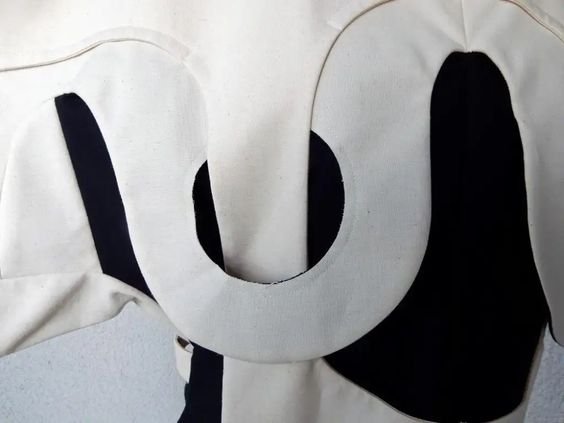


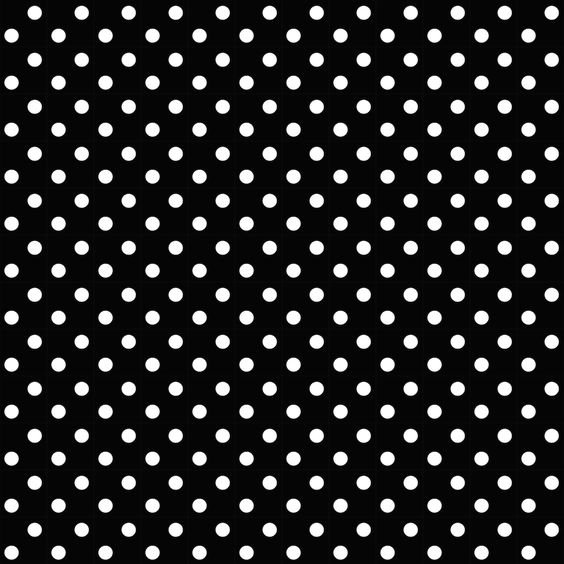

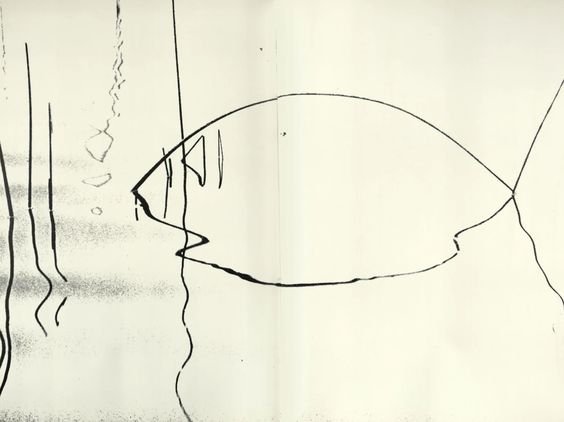



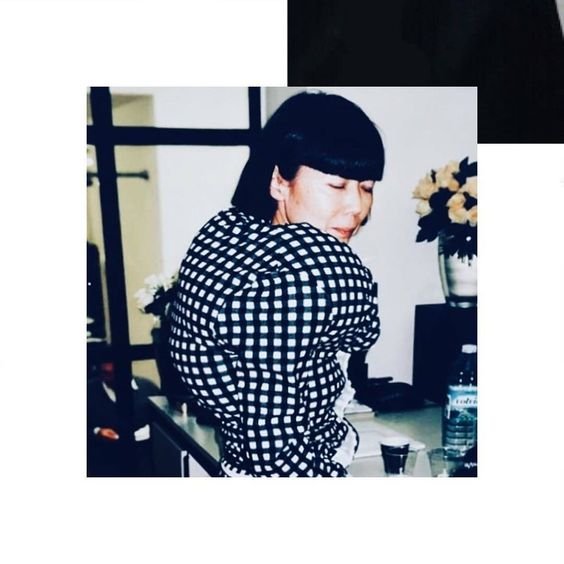
The above endeavor is but a humble attempt to encapsulate the timeless brilliance of Comme Des Garçons, perhaps shedding a glimmer of light on the enigmatic depths of Rei's artistic vision from a metaphysical point of view.
Written by: Amirlan Kurakov








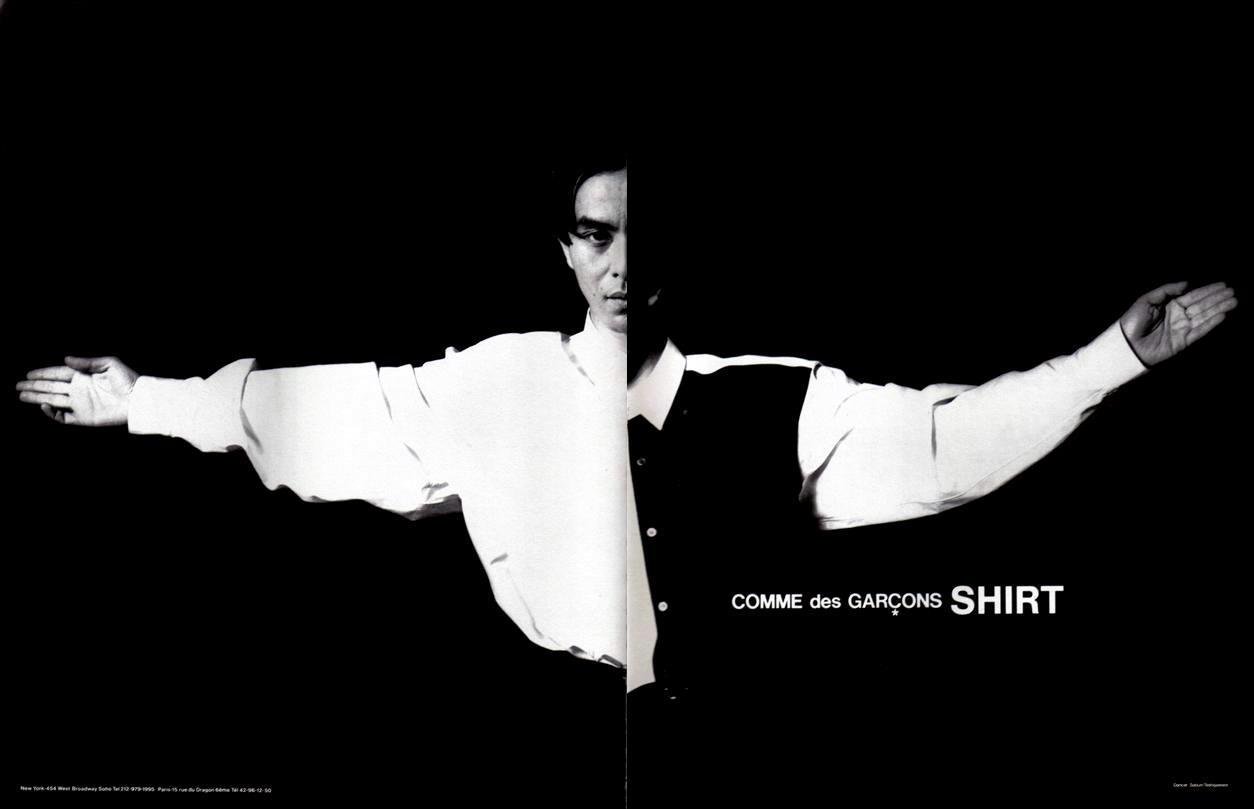

![Birds of a Feather, [The Karasu-Zoku] Flock Together](https://images.squarespace-cdn.com/content/v1/57825361440243db4a4b7830/1694159296470-2EUWGYB5N2HZ8RZNYTZ4/yohji+show.jpeg)
